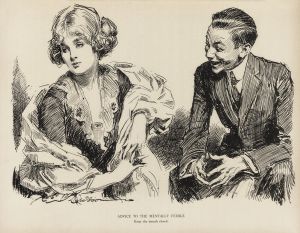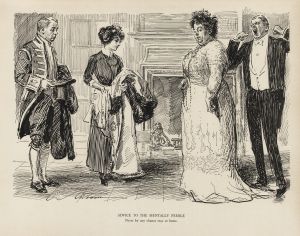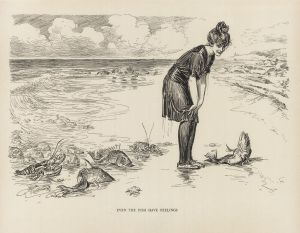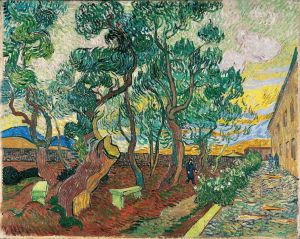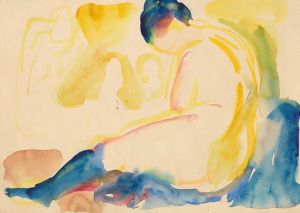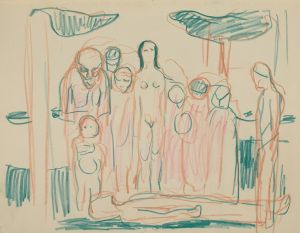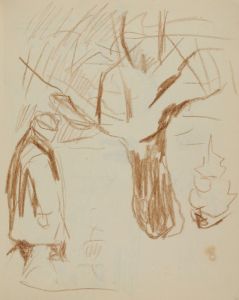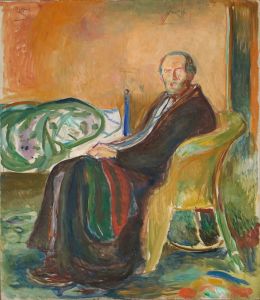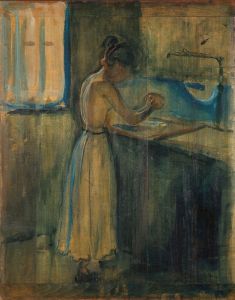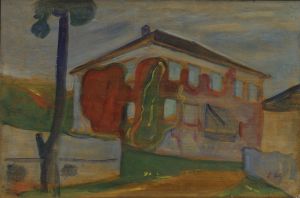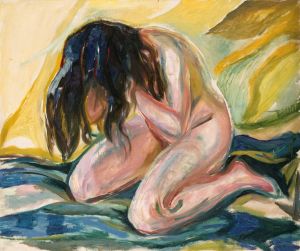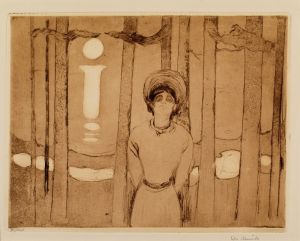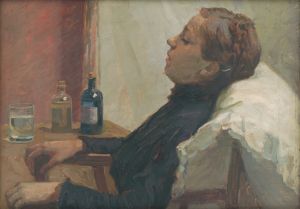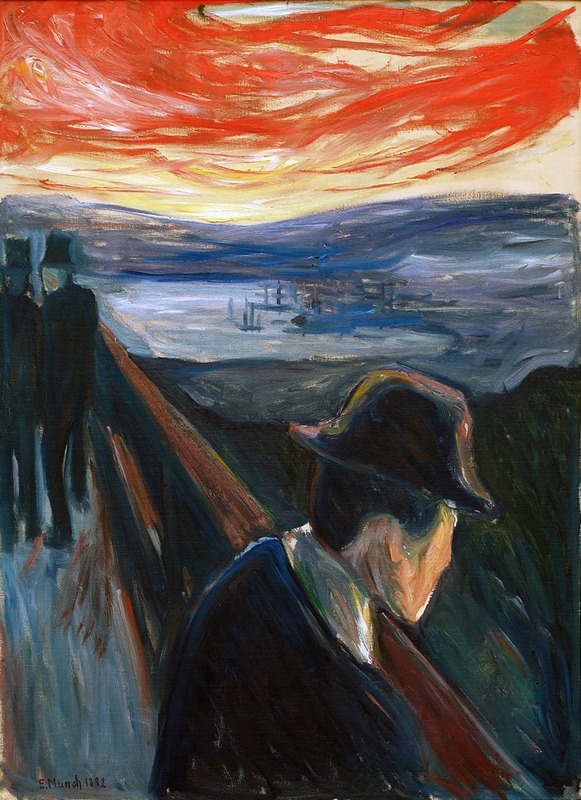
Despair
A hand-painted replica of Edvard Munch’s masterpiece Despair, meticulously crafted by professional artists to capture the true essence of the original. Each piece is created with museum-quality canvas and rare mineral pigments, carefully painted by experienced artists with delicate brushstrokes and rich, layered colors to perfectly recreate the texture of the original artwork. Unlike machine-printed reproductions, this hand-painted version brings the painting to life, infused with the artist’s emotions and skill in every stroke. Whether for personal collection or home decoration, it instantly elevates the artistic atmosphere of any space.
"Despair" is a painting by the Norwegian artist Edvard Munch, created in 1892. This work is part of Munch's larger series known as "The Frieze of Life," which explores themes of love, anxiety, and death. "Despair" is often considered a precursor to Munch's more famous painting, "The Scream," as it shares similar thematic elements and visual motifs.
The painting depicts a solitary figure standing on a bridge, gazing out over a turbulent landscape. The background features swirling, vibrant colors that convey a sense of emotional turmoil and unease. The sky is painted in dramatic reds and oranges, which contrast sharply with the dark, shadowy figure in the foreground. This use of color and form is characteristic of Munch's style, which often sought to express psychological states through bold, expressive techniques.
"Despair" reflects Munch's interest in exploring the human psyche and the existential themes that preoccupied him throughout his career. The painting captures a moment of introspection and emotional intensity, inviting viewers to contemplate the nature of human existence and the feelings of isolation and anxiety that can accompany it. The figure's posture and the overall composition of the painting suggest a deep sense of melancholy and contemplation.
Munch's work was heavily influenced by the Symbolist movement, which sought to convey meaning through symbolic imagery and emphasized the emotional and spiritual aspects of art. "Despair" exemplifies these principles, using visual elements to evoke a mood and convey complex emotional states. The painting's emphasis on mood and emotion over realistic representation is a hallmark of Munch's approach to art.
The painting was created during a period of personal and professional turmoil for Munch. He faced criticism and controversy in the art world, and his work was often met with mixed reactions. Despite this, Munch remained committed to his vision, and "Despair" is a testament to his ability to translate personal experiences and emotions into powerful visual statements.
"Despair" is housed in the Munch Museum in Oslo, Norway, which holds the largest collection of Munch's works. The museum provides insight into Munch's artistic development and the themes that dominated his oeuvre. "Despair" is an important piece within this collection, offering a glimpse into the early stages of Munch's exploration of existential themes that would come to define much of his later work.
Overall, "Despair" is a significant work within Edvard Munch's artistic legacy. It not only foreshadows the themes and techniques that would characterize his later masterpieces but also stands on its own as a poignant exploration of human emotion and existential reflection. Through its evocative use of color and form, "Despair" continues to resonate with audiences, offering a window into the complexities of the human condition.





